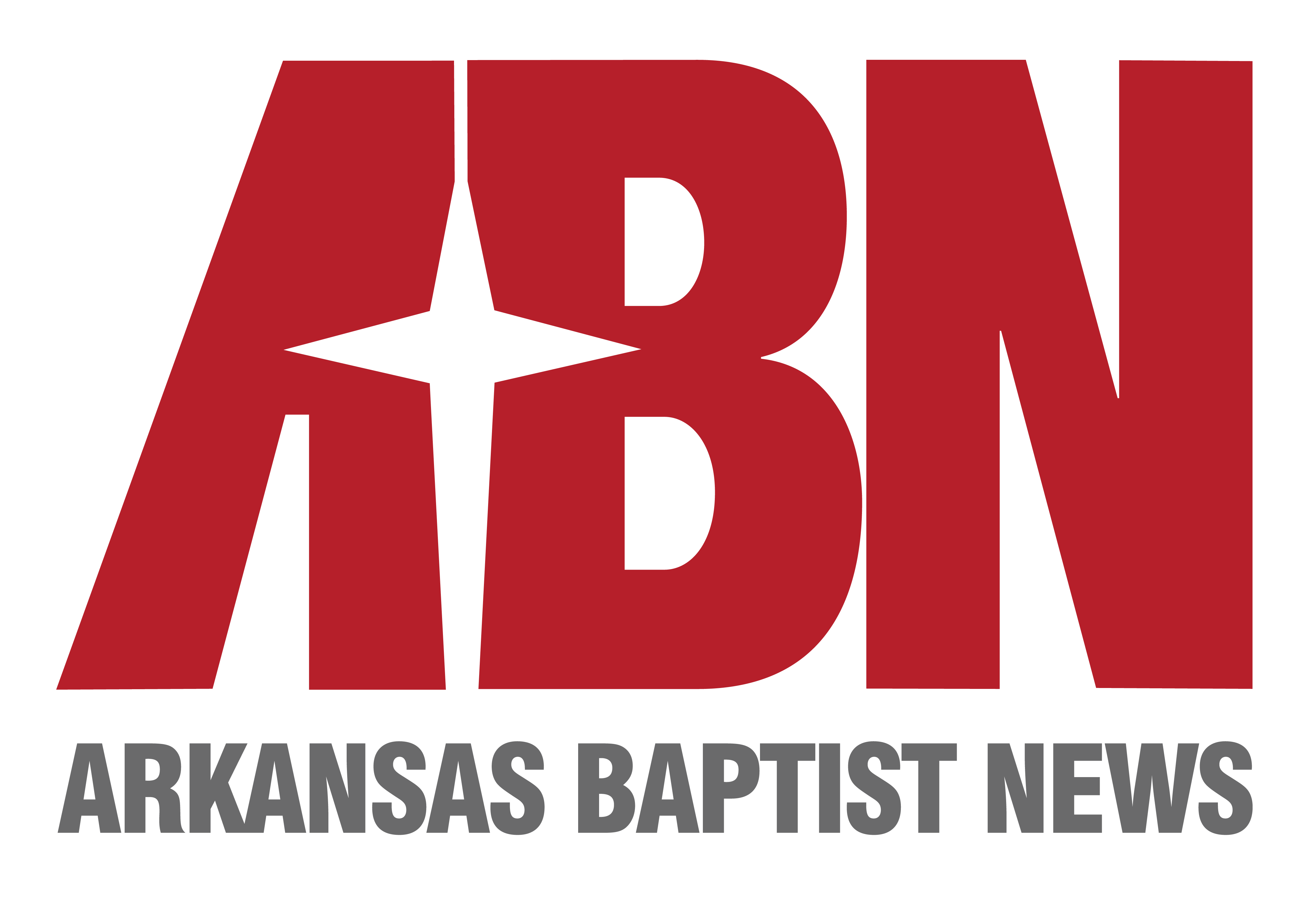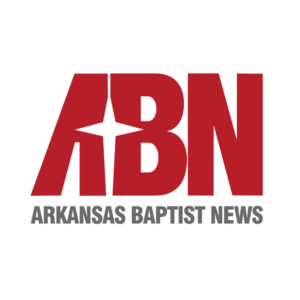THE YEAR WAS 1845. Texas was the 28th state to be annexed into the United States. The sewing machine was invented. The New York Herald was the first newspaper to mention the game of baseball, according to americasbesthistory.com. And, delegates from various Baptist bodies in the South, meeting in Augusta, Ga., formed the Southern Baptist Convention (SBC).

In the “Preamble and Constitution of the Southern Baptist Convention,” the delegates’ intent in creating the SBC was stated clearly: “for the purpose of organizing a plan for eliciting, combining, and directing the energies of the whole denomination in one sacred effort, for the propagation of the gospel.”
How would the newly birthed SBC fund its “one sacred effort”?
The year was 1925. The Grand Ole Opry transmitted its first radio broadcast. America’s first woman governor was elected in Wyoming, and a second woman governor was elected in Texas two weeks later, according to americasbesthistory.com. Americans were enjoying a booming economy, and more than 25 percent of Americans owned a car, according to thebalance.com. And, Southern Baptists, meeting in Memphis, Tenn., adopted a new plan for giving: the “Co-operative Program of Southern Baptists.”
The Cooperative Program (CP) grew out of seven decades of financial struggle for Southern Baptists.
For the SBC’s first 70-plus years, a societal approach to raising funds was used. In this approach, representatives from Southern Baptist entities sought financial contributions from churches with almost an “each-entity-for-itself” mentality. The results were “severe financial deficits, competition among entities, overlapping pledge campaigns, and frequent emergency appeals which greatly hampered the expanding ministry opportunities God was giving Southern Baptist(s),” according to sbc.net.
“The system was broken, and churches began to call for help,” report Chad Brand and David Hankins in “One Sacred Effort: The Cooperative Program of Southern Baptists.”
In 1919, a five-year pledge campaign, the 75 Million Campaign, was launched to raise funds for Southern Baptists’ missions advance. The campaign fell short of its goal, but raised more than $60 million, more than the previous 74 years combined, which proved that the SBC “had a heart as big as the world and that it just might make a huge impact on that world in the decades ahead,” write Brand and Hankins. The idea of a partnership for missions support was born.
In its first full year, giving through CP totaled $4,128,188, as reported in “The SBC and the 21st Century,” edited by Jason K. Allen. The founders’ dream of “one sacred effort” by Baptists for the kingdom of God now had a funding mechanism consistent with cooperative methodology and commensurate with the size of the missions challenge, Brand and Hankins write.
By definition, the CP is “Southern Baptists’ unified plan of giving through which cooperating Southern Baptist churches give a percentage of their undesignated receipts in support of their respective state convention and the Southern Baptist Convention missions and ministries,” according to sbc.net.
In “SBC FAQs: A Ready Reference,” authors Keith Harper and Amy Whitfield, write, “The Cooperative Program begins with individuals and ends with ministries.” They explain the CP process of individuals giving to their churches; churches forwarding a portion of their financial receipts to the state convention, and state conventions forwarding a percentage of financial receipts to the SBC. Messengers in each state convention vote on their state convention’s percentage to the SBC. The SBC disburses CP receipts to SBC entities, including the International Mission Boardand North American Mission Board, based on a formula voted on by messengers to the SBC Annual Meeting.
Since CP’s beginning in 1925, billions of dollars have been given through the Southern Baptists’ unified plan of financial partnership, fueling Southern Baptists’ “one sacred effort.” From the early 1930s until the mid-1980s, funds received through CP steadily increased, according to Brand and Hankins.
“Faithful support of the Cooperative Program was a nearly universal practice. Such widespread, aggressive support of the Cooperative Program made it the premier missions funding methodology among denominations,” they write. Although CP dollars continued to increase for the next 20 years, the average percentage of undesignated receipts sent by the churches through the CP from 1984-2004 declined from 10.6 percent to 6.99 percent, Brand and Hankins write. Southern Baptist leaders took note and have collaborated in their efforts not only to inform church members about the theological and historical foundations of the CP, but also to inspire church members with personal stories of people reached because of CP gifts. In recent years many state conventions, including the Arkansas Baptist State Convention (ABSC), have voted to increase the percentage of financial gifts sent through the CP.
What do Southern Baptists have to show for their collaborative giving to CP for the past nearly 95 years? The SBC has fully funded thousands of international missionaries and has planted thousands of new churches throughout North America. Six Southern Baptist theological seminaries have been established, and hundreds of state ministries, such as colleges and universities, children’s homes, camps, state Baptist news services, and more have been funded.
“The pattern for targeting Cooperative Program missions giving,” explained J.D. “Sonny” Tucker, ABSC executive director, “is based on Christ’s departing words in Acts 1:8 to be His witnesses in Jerusalem (their city), Judea (their region), Samaria (the adjoining region which possessed significant cultural and racial barriers), and the remote ends of the earth (See Executive Directions, page 5).”
“Southern Baptists should greatly rejoice in knowing that every single dollar we give to this coordinated and strategic missions endeavor impacts missions from our front door to the ends of the earth.”
Arkansas Baptists have long been committed to the CP. In 2018, Arkansas Baptists gave $20.7 million through the CP. The ABSC is currently in the second year of a five-year budget formula approved by messengers in 2016, which increases the amount of CP dollars sent out of state to SBC causes from 43.77 percent to 45.82 percent by 2022.
In 2004, when the CP was nearing its 80th year, church leader Henry Blackaby reflected, “The Cooperative Program is not something man designed, but something God put together.”
Now, in its mid-90s, will the CP continue to be the lifeblood of Southern Baptists’ advance of the gospel in future decades?
“The prayer of SBC leaders is that the Cooperative Program methodology that has been so useful in the ‘one sacred effort’ of Southern Baptists since 1925 will sustain the work for decades to come,” state Brand and Hankins.
Contact Margaret Colson at margaret@arkansasbaptist.org.
© Copyright 2019 Arkansas Baptist Newsmagazine, Inc. Use of this in article in print or through electronic means a violation of copyright. Request permission to reprint here.


